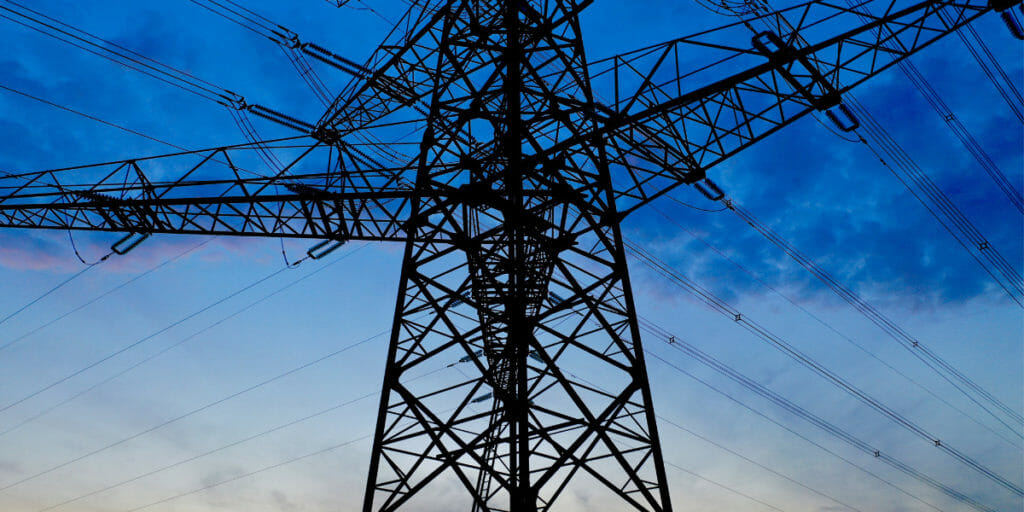Excessive heat could cause power outages in California

FILE PHOTO
OAKLAND, Calif. – Excessive heat across most of Northern California could disrupt electricity this week, according to Pacific Gas and Electric Company (PG&E).
PG&E – which serves more than 16 million people across Northern and Central California – is telling its customers to prepare for possible power outages as high temperatures are expected to begin on Tuesday and Wednesday and last through the Fourth of July holiday and weekend.
In preparation for the excessive heat, PG&E has activated its Emergency Operations Center and all regional and local emergency centers.
Additionally, it is asking customers to have a plan for possible power outages and to take steps to stay safe during the long and brutal heat wave.
According to PG&E’s in-house meteorologists, who are tracking this week’s excessive heat from PG&E’s Emergency Operations Center, a strong high-pressure system will begin building Tuesday, resulting in triple-digit heat mid-week across the interior valleys, especially the Sacramento Valley, as the week continues.
Along the coast, the marine layer will weaken, driving temperatures into the mid-90s and low 100s in coastal valleys and 80s in the Bay.
“Widespread heat waves such as the one forecast for the July 4 week mean all hands on deck for PG&E. You will see crews and PG&E trucks throughout your hometown if the heat affects our equipment, and we’ll be working around the clock to restore customers safely and as quickly as possible,” said Rod Robinson, vice president of Electric System Operations.
Robinson said their outage prediction models help determine potential timing, location and number of heat-related power outages to assign “troubleworkers” or PG&E first responders, crews to areas that need support.
“PG&E has pre-positioned crews and equipment, such as transformers, expected to be affected by heat-related outages and will mobilize equipment to other areas, as needed, based on real-time impacts,” he said.
During extended periods of high temperatures, energy use increases and electric grid equipment gets hotter. Equipment such as transformers need time to cool down during a heat wave. This usually happens overnight when temperatures and energy usage drop. Heat events with high overnight temperatures can put additional stress on equipment and cause heat-related outages.
“We are closely monitoring areas where abnormally high heat is forecasted and demand on the grid will be elevated, such as the Santa Clara Valley and other interior Bay valleys. This is in addition to the entire Central Valley where temperatures are projected to be the hottest,” said Scott Strenfel, senior director of Meteorology and Fire Science at PG&E.
Potential targeted public safety power shutoff
PG&E Meteorology is also monitoring the potential for breezy to locally gusty winds from Monday night through Wednesday morning, peaking on Tuesday.
While a strong wind event is not currently expected, wind gusts could reach up to 40 mph in the Northern and Western Sacramento Valley and adjacent foothills. This, combined with high temperatures and low humidity, has increased the wildfire risk.
PG&E has informed approximately 12,000 customers that they may need to proactively turn off their power for safety starting on Tuesday morning.
The customers potentially affected by the power shutoff are in targeted portions of the following 10 counties: Shasta, Tehama, Glenn, Colusa, Lake, Yolo, Napa, Sonoma, Butte and Solano. A public safety power shutoff is a safety precaution of last resort to reduce the risk of wildfires during the forecasted high wind event.
Customers have been notified via text, email and automated phone calls prior to potential shutoffs. If customers enrolled in PG&E’s Medical Baseline Program do not verify that they have received these important safety communications, PG&E employees will conduct individual, in-person visits, when possible, with a primary focus on customers who rely on electricity for critical life-sustaining equipment.
Customers can look up their address online to find out if their location is being monitored for the potential safety shutoff at pge.com/pspsupdates.
In case of heat-related outages, PG&E offers the following safety tips:
- Use battery-operated flashlights, and not candles, due to the risk of fire.
- Customers with generators should make sure they are properly installed by a licensed electrician in a well-ventilated area.
- Freeze plastic containers filled with water to make blocks of ice that can be placed in your refrigerator/freezer during an outage to prevent foods from spoiling.
- Customers can get updates on outages in their neighborhood through a variety of channels.
Contact PG&E’s outage information line at 1-800-743-5002. Access the Electric Outage Map at online outage center. PG&E reminds customers to update their contact information at www.pge.com/mywildfirealerts.
For more tips on how to safely navigate summer recreational activities, visit PG&E’s Summer Safety Guide.

